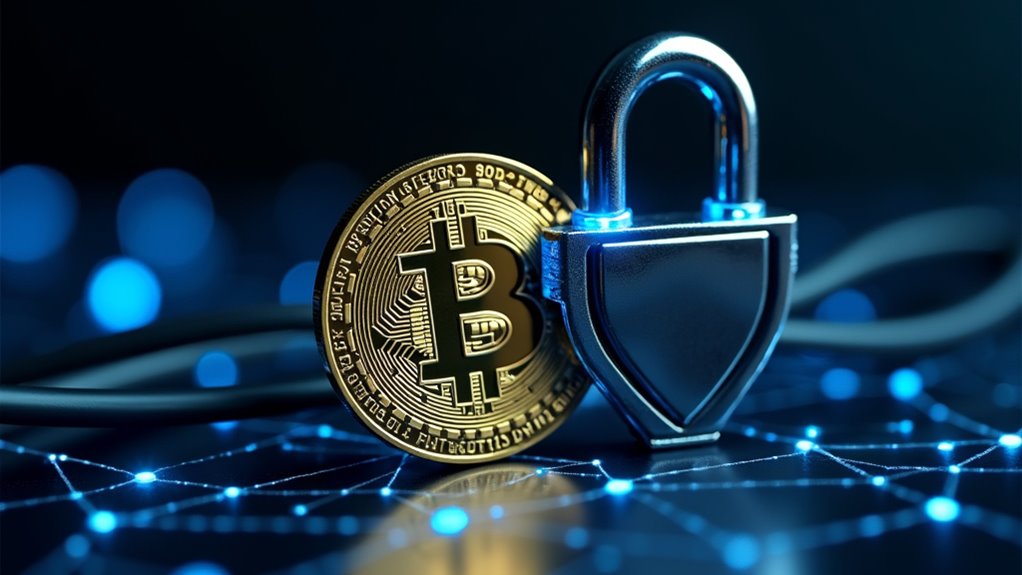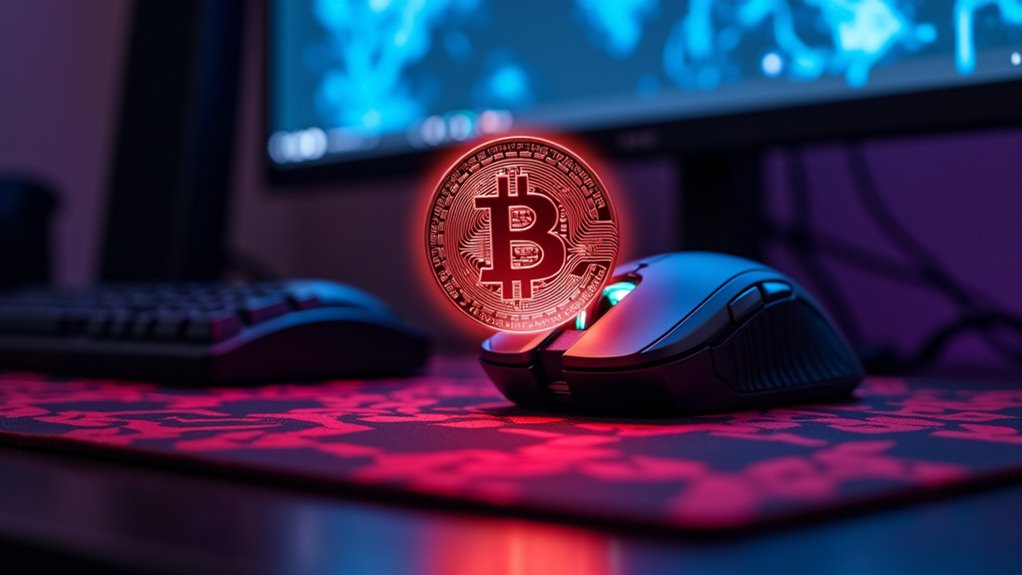A security token represents a valuable asset, tokenized and stored on a blockchain, bringing transparency and immutability to traditional securities. It’s fundamentally a digital version of a stock certificate, but with blockchain advantages. Security tokens can represent ownership in real estate, company equity, or even a basket of assets. They’re subject to financial regulations, providing an added layer of security. If you want to learn more about how security tokens are changing the game, keep going.

Security tokens are digital assets that represent ownership rights or claims to valuable assets, tokenized and stored on a blockchain – think them as the equivalent to traditional paper stock certificates.
They bring blockchain benefits like transparency and immutability to traditional securities. Typically, they represent stocks, bonds, or other assets, similar to traditional paper stock certificates but in digital form.
And just like traditional securities, they’re subject to financial regulations, providing two-factor authentication for accessing computer networks.
Tokenization involves converting an asset’s ownership into a digital token on a blockchain. This can include assets like stocks, bonds, real estate, and even cars, using VIN and owner information.
The tokens represent ownership, allowing for digital transfers and trades.
Security tokens offer transparency, immutability, efficiency in asset transfers, and divisibility, enabling more accessible investment opportunities.
They operate under strict financial regulations, helping prevent fraud. In addition, they need approval from regulatory bodies like the Securities and Exchange Commission, and are subject to the same financial rules as traditional securities.
Many institutions are working to get them approved, but it’s not yet widely available to retail U.S. investors due to regulatory hurdles.
Security tokens can represent ownership rights or interests in real estate properties, company equity, options, and ETFs.
Similar to index tracking capabilities of ETFs, security tokens can provide exposure to diversified asset baskets.
They can be used for fundraising events, provide holders with ownership rights, and are eligible to receive dividends or interests on the underlying asset.
In the market, security tokens can be traded on marketplaces similar to cryptocurrencies, offering flexibility in investing in various digital assets.
With security tokens, investors can own fractions of assets, providing more flexibility in their investments.
Security tokens can also bring efficiency to the table, removing middlemen and reducing costs.
Frequently Asked Questions
Can Security Tokens Be Traded on Traditional Stock Exchanges?
Security tokens are unlikely to be traded on traditional exchanges, as they require specialized platforms that comply with securities regulations, offering features like fractional ownership and blockchain-based transparency that differ from traditional stock exchange operations.
Do Security Tokens Have Voting Rights?
Voting rights are not guaranteed in security tokens, but equity-based tokens may include them, specified in the contract terms, relating to governance decisions, and aligning with equity ownership, depending on the token’s structure.
Can Security Tokens Be Fractionalized?
Security tokens can be fractionalized, allowing for fractional ownership among assets, increased liquidity, and greater market accessibility, which in turn enables more precise investment control and diversified portfolios.
Do Security Tokens Have Dividend Payments?
Security tokens often distribute dividends to holders, automating payments through smart contracts, ensuring regulatory compliance, and providing equity representation, which can enhance investor experience and align with traditional securities’ benefits in terms.
Can Security Token Be Used for ICOS?
Security tokens cannot be directly used in ICOs due to regulatory differences, necessitating compliance with securities laws, and primarily offering ownership or financial rights, unlike utility tokens in ICOs.









